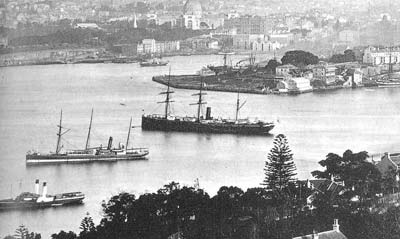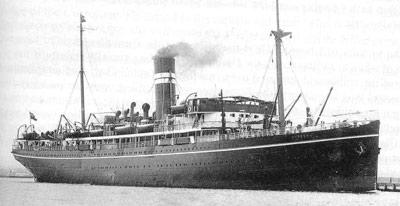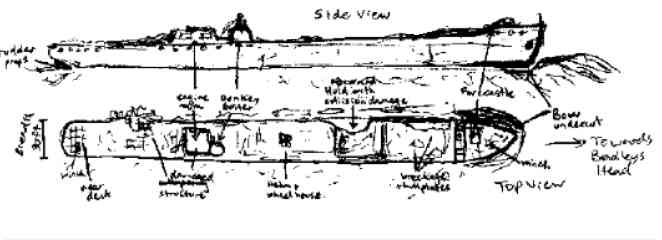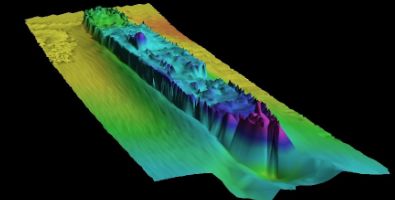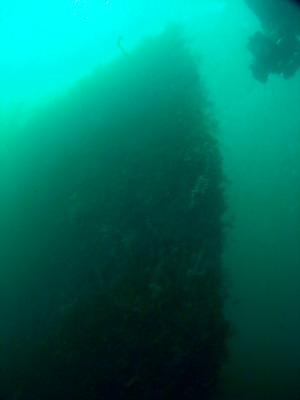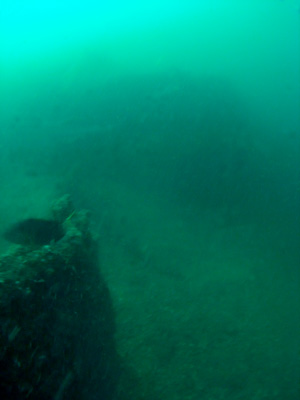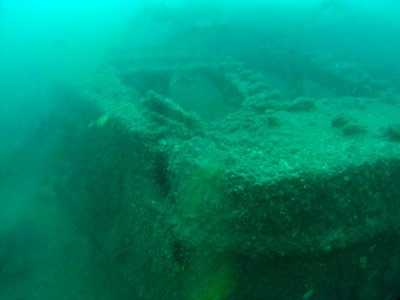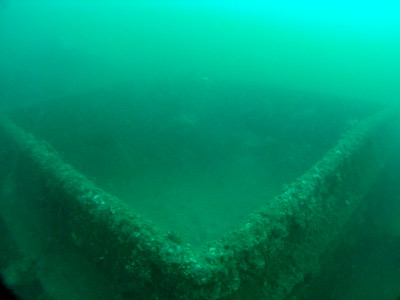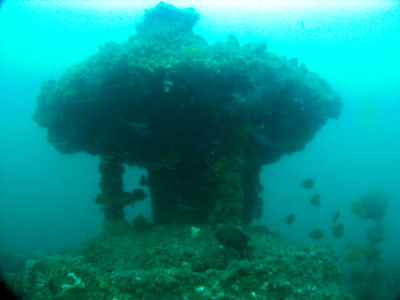 On
the evening of 8 March 1910, the TSS Currajong entered Port
Jackson and headed up the Harbour. As the Currajong neared
Bradleys Head, the huge 6000 plus tons passenger liner, SS
Wyreema, bound for Cairns approached from the west. As was
later to be shown at the Marine Inquiry, the Wyreema was
travelling on the wrong side of the channel and hit the
Currajong amidships on the port side. The Currajong started
sinking immediately and the helmsman, Hans Neilson, was
killed.
On
the evening of 8 March 1910, the TSS Currajong entered Port
Jackson and headed up the Harbour. As the Currajong neared
Bradleys Head, the huge 6000 plus tons passenger liner, SS
Wyreema, bound for Cairns approached from the west. As was
later to be shown at the Marine Inquiry, the Wyreema was
travelling on the wrong side of the channel and hit the
Currajong amidships on the port side. The Currajong started
sinking immediately and the helmsman, Hans Neilson, was
killed.
Since the dive site is in the harbour’s main shipping channels it must be undertaken after Harbour officially closes down for the day.
|
||||||||||||||||||||||||||
